
Filter News
Area of Research
- (-) Energy Science (60)
- (-) Nuclear Science and Technology (14)
- Advanced Manufacturing (13)
- Biology and Environment (30)
- Building Technologies (1)
- Computational Biology (1)
- Computational Engineering (2)
- Computer Science (5)
- Electricity and Smart Grid (1)
- Functional Materials for Energy (1)
- Fusion and Fission (7)
- Fusion Energy (6)
- Isotopes (2)
- Materials (33)
- Materials for Computing (4)
- Mathematics (1)
- National Security (3)
- Neutron Science (6)
- Nuclear Systems Modeling, Simulation and Validation (1)
- Supercomputing (17)
News Type
News Topics
- (-) 3-D Printing/Advanced Manufacturing (35)
- (-) Environment (23)
- (-) Machine Learning (4)
- (-) Mercury (1)
- (-) Nanotechnology (5)
- (-) Nuclear Energy (14)
- Advanced Reactors (6)
- Artificial Intelligence (4)
- Big Data (3)
- Bioenergy (5)
- Biology (4)
- Biomedical (3)
- Biotechnology (1)
- Buildings (18)
- Chemical Sciences (6)
- Clean Water (4)
- Composites (11)
- Computer Science (12)
- Coronavirus (4)
- Critical Materials (5)
- Cybersecurity (2)
- Energy Storage (32)
- Frontier (1)
- Fusion (3)
- Grid (17)
- High-Performance Computing (3)
- Hydropower (2)
- Isotopes (2)
- Materials (20)
- Materials Science (15)
- Mathematics (1)
- Microscopy (4)
- Molten Salt (4)
- Neutron Science (4)
- Partnerships (1)
- Physics (1)
- Polymers (7)
- Simulation (2)
- Space Exploration (3)
- Statistics (1)
- Transportation (33)
Media Contacts

A new method developed at Oak Ridge National Laboratory improves the energy efficiency of a desalination process known as solar-thermal evaporation.
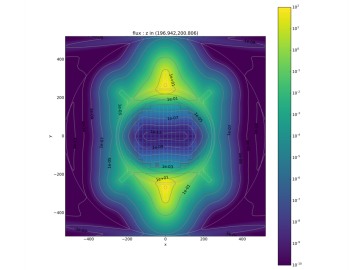
Researchers have developed high-fidelity modeling capabilities for predicting radiation interactions outside of the reactor core—a tool that could help keep nuclear reactors running longer.
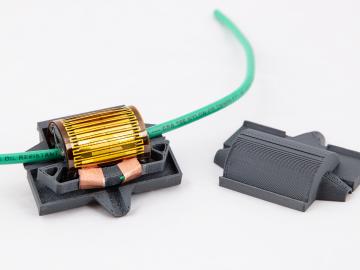
Scientists at Oak Ridge National Laboratory have developed a low-cost, printed, flexible sensor that can wrap around power cables to precisely monitor electrical loads from household appliances to support grid operations.
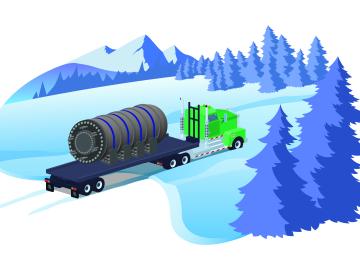
Oak Ridge National Laboratory scientists are evaluating paths for licensing remotely operated microreactors, which could provide clean energy sources to hard-to-reach communities, such as isolated areas in Alaska.

A team of scientists led by Oak Ridge National Laboratory used carbon nanotubes to improve a desalination process that attracts and removes ionic compounds such as salt from water using charged electrodes.
Higher carbon dioxide levels caused 30 percent more wood growth in young forest stands across the temperate United States over a decade, according to an analysis led by Oak Ridge National Laboratory.
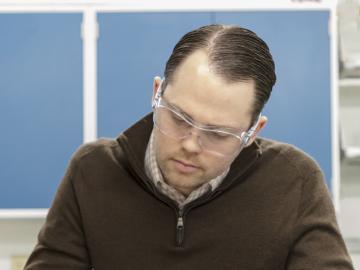
Oak Ridge National Laboratory is using ultrasonic additive manufacturing to embed highly accurate fiber optic sensors in heat- and radiation-resistant materials, allowing for real-time monitoring that could lead to greater insights and safer reactors.
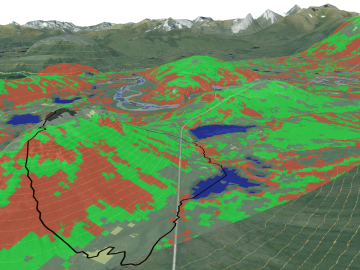
A team of scientists led by Oak Ridge National Laboratory used machine learning methods to generate a high-resolution map of vegetation growing in the remote reaches of the Alaskan tundra.

By automating the production of neptunium oxide-aluminum pellets, Oak Ridge National Laboratory scientists have eliminated a key bottleneck when producing plutonium-238 used by NASA to fuel deep space exploration.

Scientists from Oak Ridge National Laboratory performed a corrosion test in a neutron radiation field to support the continued development of molten salt reactors.


